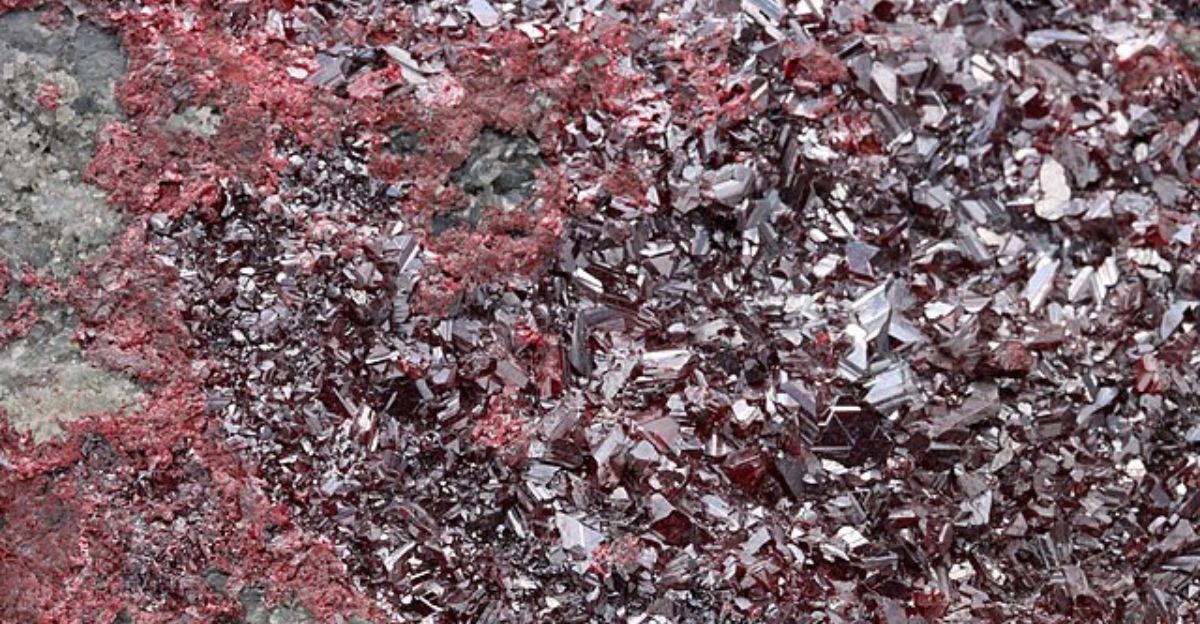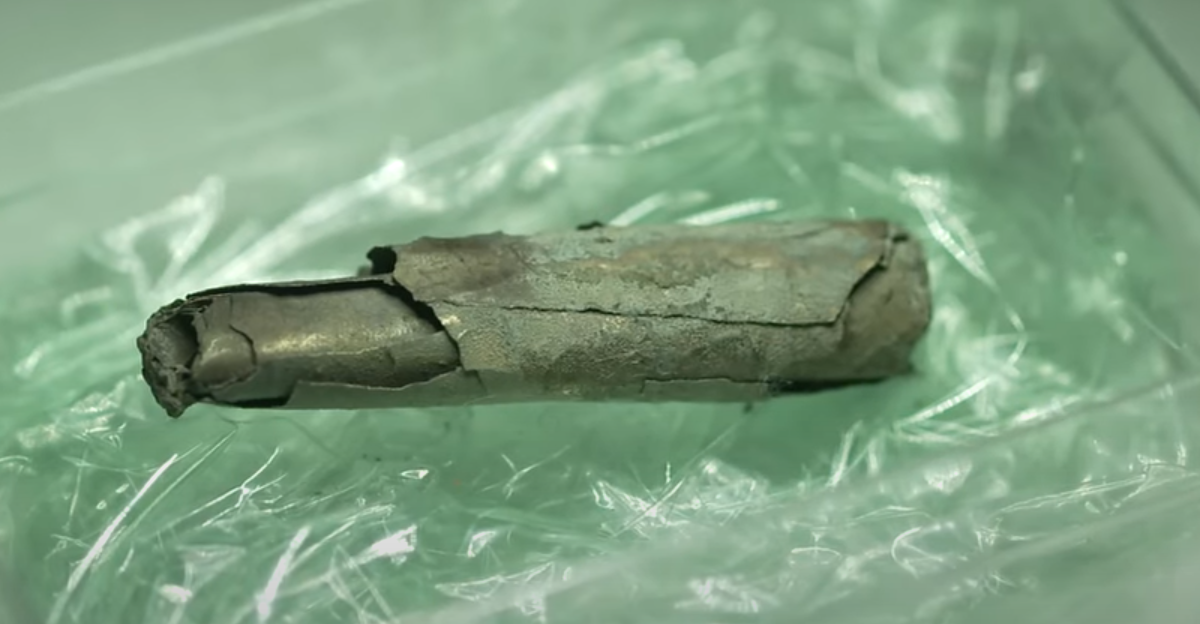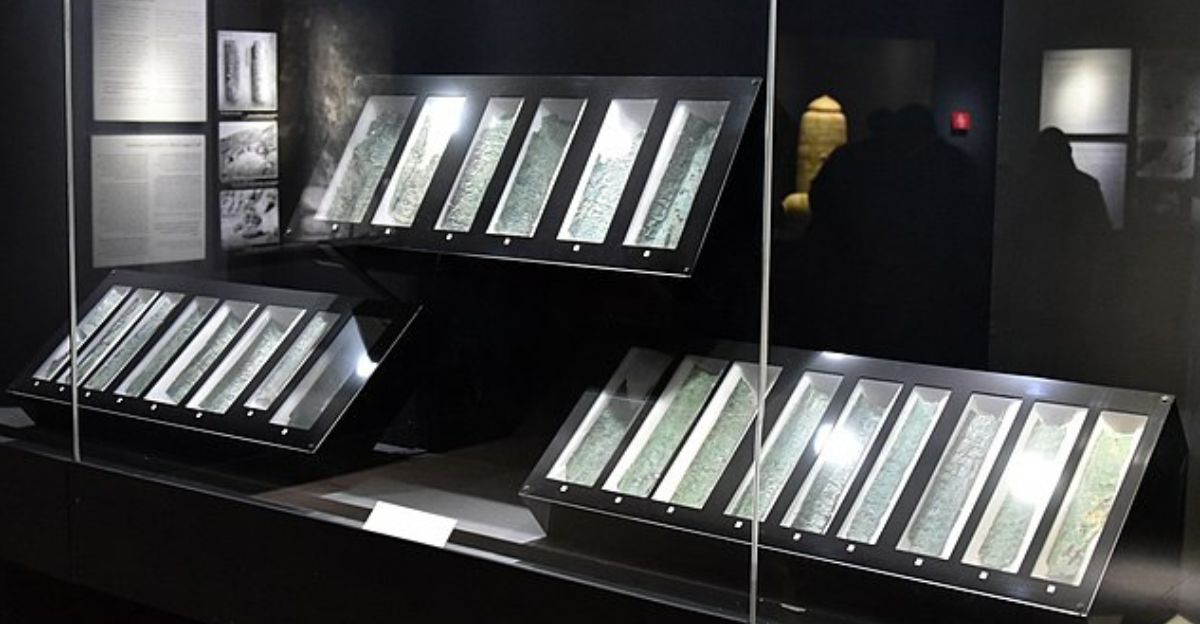
The world’s first synthetic pigment is known as Egyptian blue and holds significance across different cultures around the world. The striking color was originally created by Egyptians, and it was used to decorate numerous objects in their cultures, including humble pottery pieces all the way to pharaoh’s tombs. The color made its way out of Egypt and spread to Roman villas and other cultures. The color has left a mark on art and culture and can still be appreciated today.
Making The Pigment
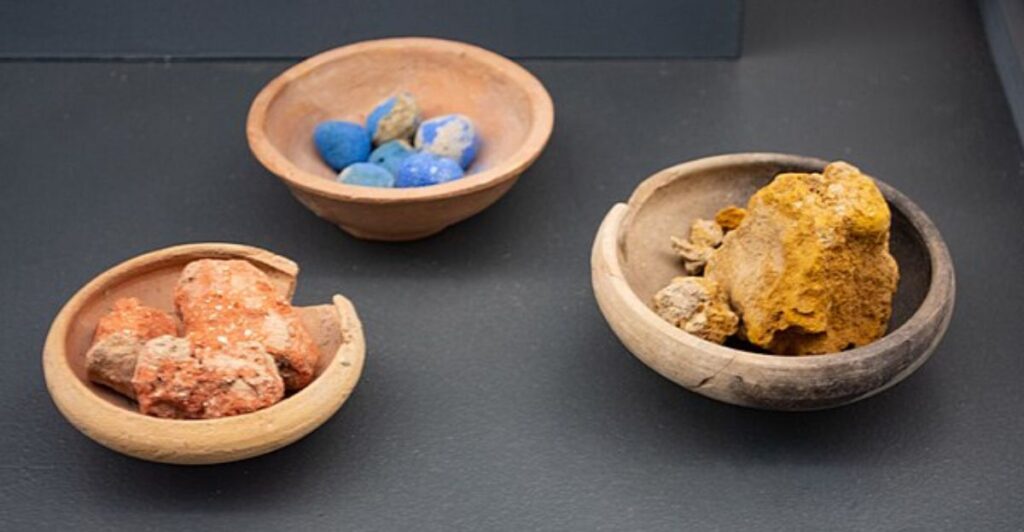
The striking color was created through a complicated process by Egyptians, who passed the knowledge down through generations. A mixture of copper, silica, calcium, and alkali flux was heated together at temperatures hotter than 800 (1472 Fahrenheit) degrees Celsius. The results of the heating would be a vibrant blue glass-like substance that could be ground up into a powder.
Significance

The amazing blue color has a lot of significance in Ancient Egypt. The color blue often symbolizes the sky, water, and the Nile River. Local culture believed that it could be used to aid their dead in traveling to the afterlife. The color held a lot of cultural and spiritual weight, connecting people to their gods.
Used In Different Applications
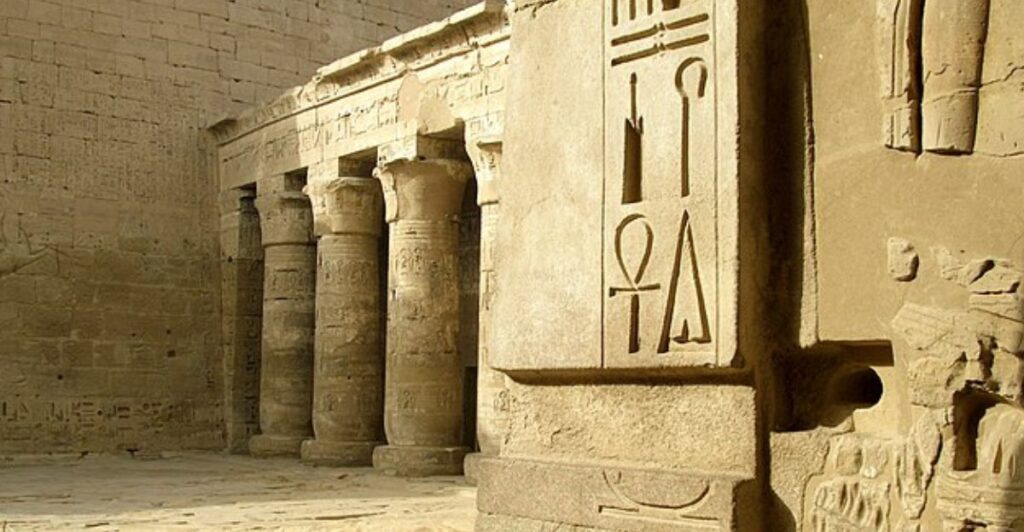
After the materials were heated and ground into fine powder, they could be used in many different applications. The beautiful blue was used to dye papyrus scrolls, pottery, and even tombs. Temple wall art was also adorned with this striking color.
Spreading Throughout The Ancient World
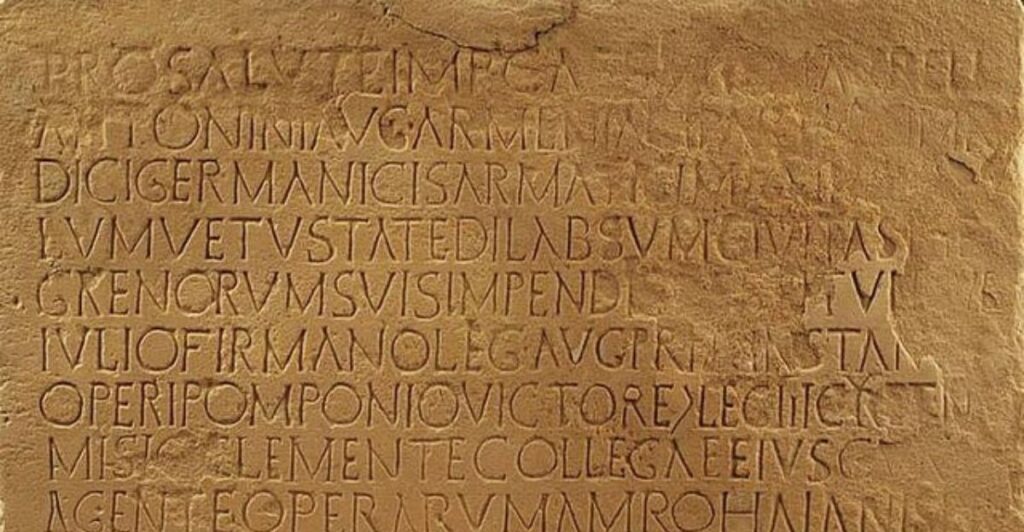
Egyptian blue was such an amazing color that other cultures took note of it, and through trading, they got their hands on it. The color was coveted by the Roman Empire, where they applied it to frescoes and mosaics in their villas. Researchers have even found evidence of its use in Mesopotamia and Aegean.
Rediscovered

The prized material slowly faded into mystery with the decline of the Roman Empire. Eventually, the secret of how it was made became a mystery, and its only reminder was the already adorned artifacts that had Egyptian blue. The process of making it was rediscovered by modern scientists.
A Unique Substance
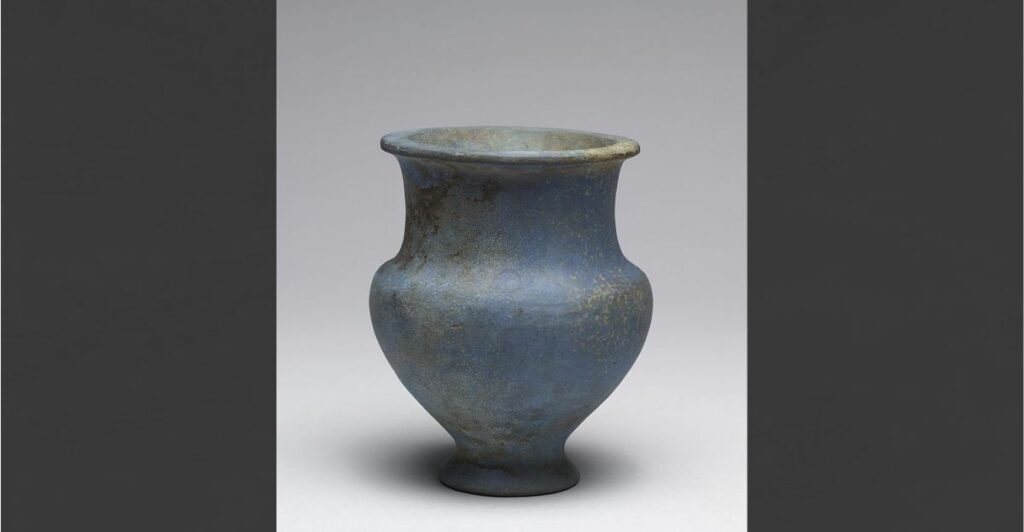
Egyptian blue was heralded in the ancient world, but it had a unique characteristic that remained hidden until modern scientists studied it. They found that it emits infrared luminescence exposed to red light. With this new understanding, researchers can study artifacts and look for evidence of Egyptian blue even when its completely faded by time.
Modern Use
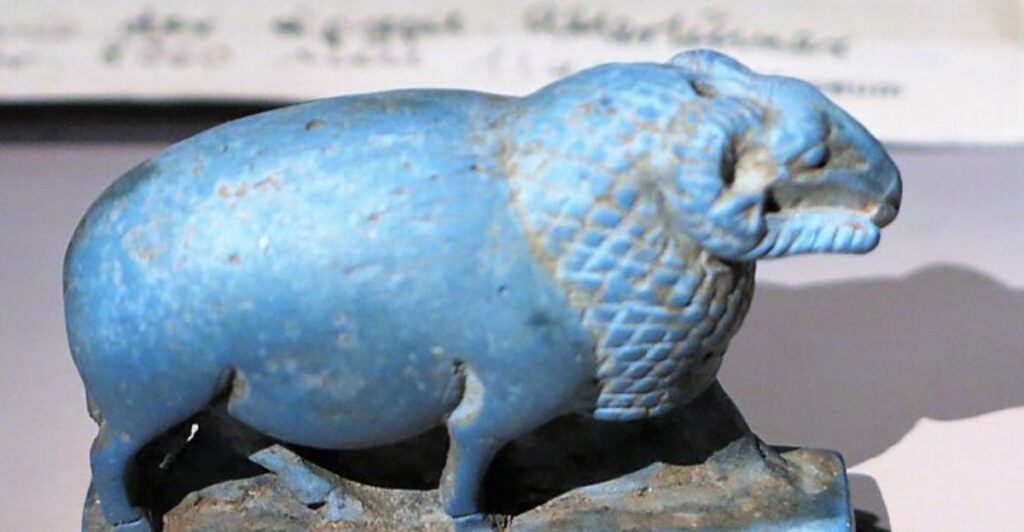
With the discovery of infrared luminescence, researchers can re-evaluate ancient art to discover Egyptian blue without destroying the artifacts. This gives us a non-invasive way of learning about the ancient world. Researchers are also busy studying the substance and its potential use in new infrared detectors or biomedical imaging.
Could Have Reached The Renaissance

Despite initially believing that Egyptian blue disappeared after the fall of the Roman Empire, researchers have used infrared to discover its evidence in Renaissance art. Its evidence in paintings of this period suggests that it could have been used for much longer than previously thought, either through finding ancient supplies or recreating them.
A Symbol
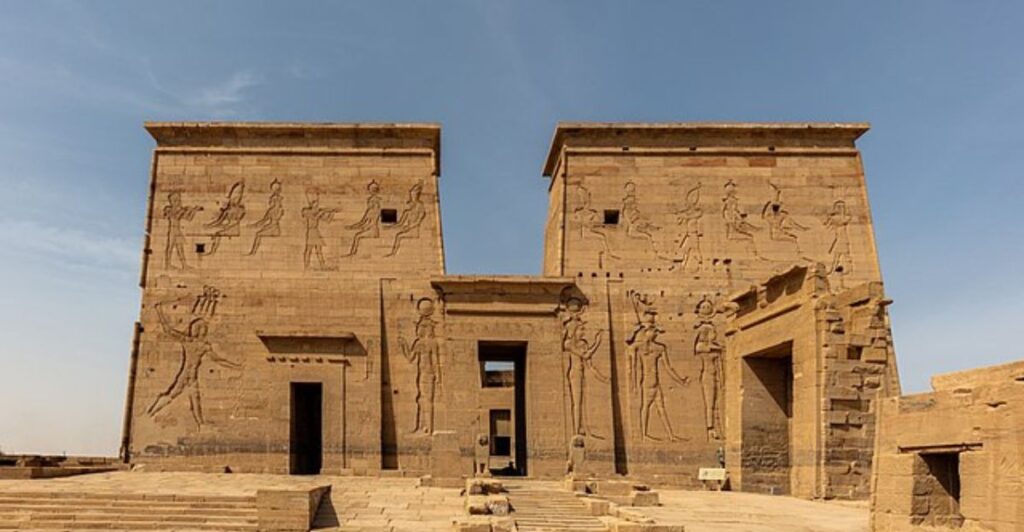
Pigments may be taken for granted in the modern era with the production and easy access to thousands of them, but Egyptian blue is a symbol of ancient civilizations’ ingenuity and how revolutionary early pigments were in the ancient world. Its legacy still lasts today, being found in Egyptian, Roman, and even Renaissance art.
Sources:
Reference 1
Reference 2



